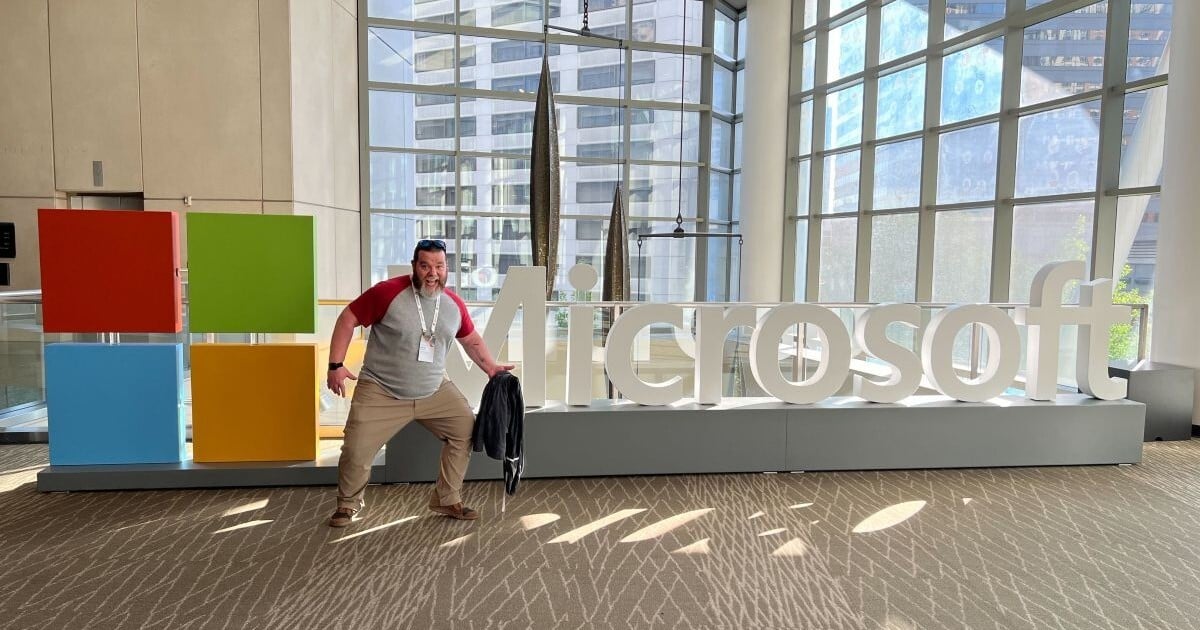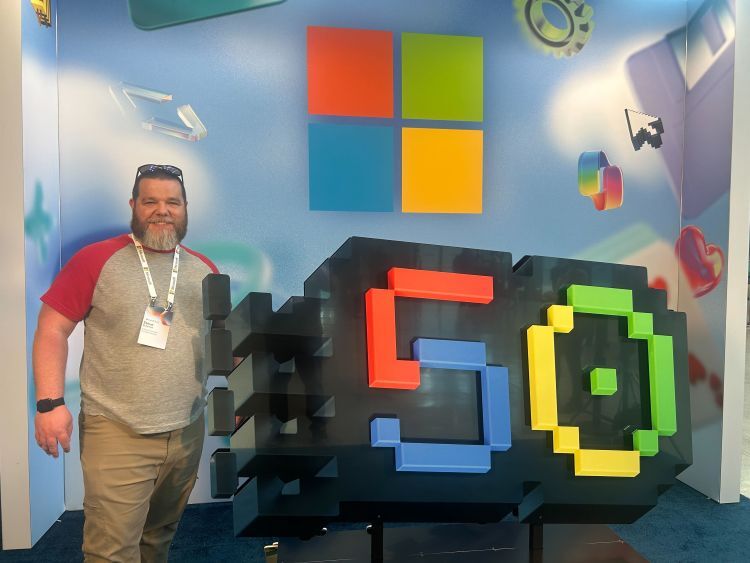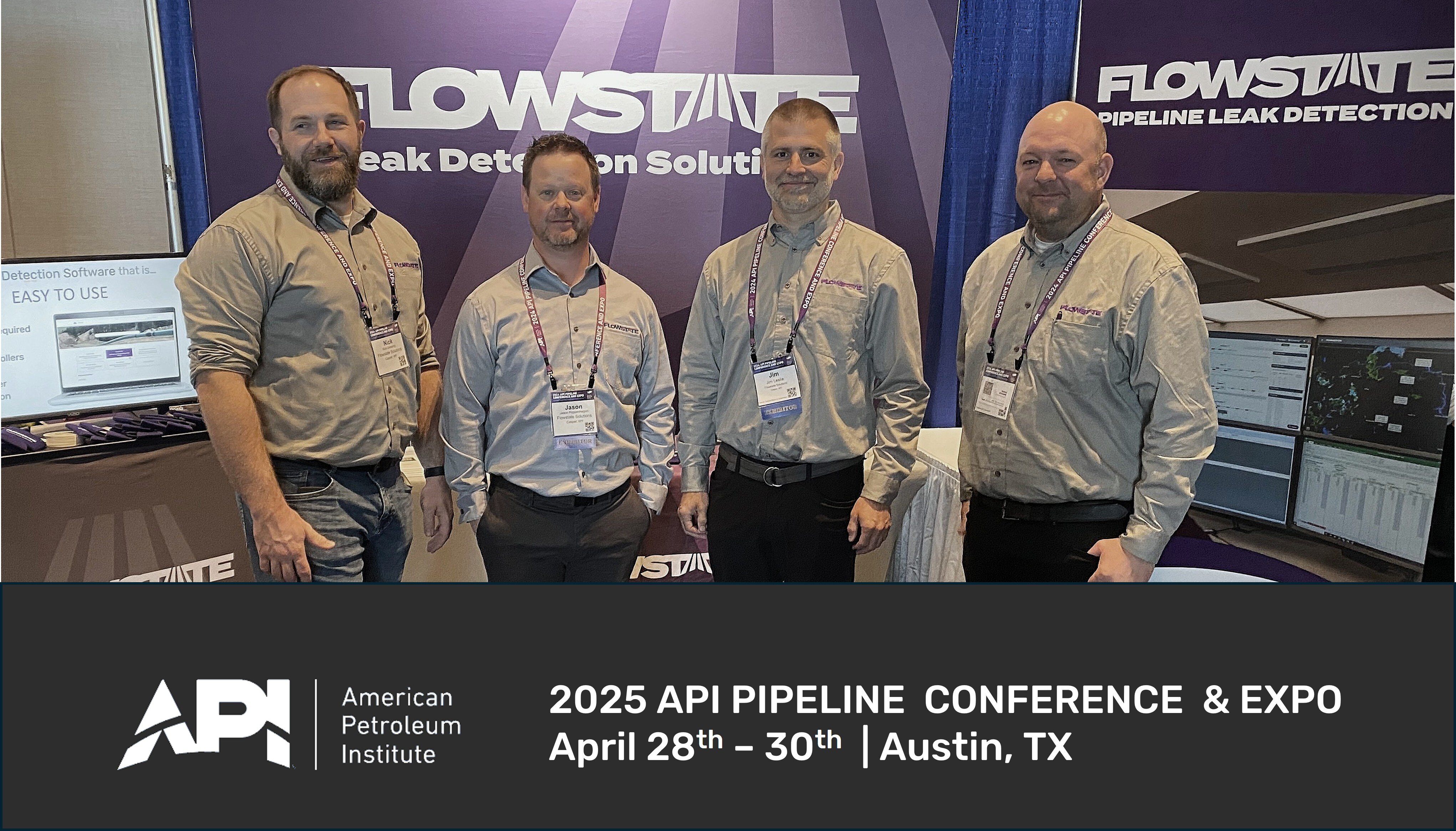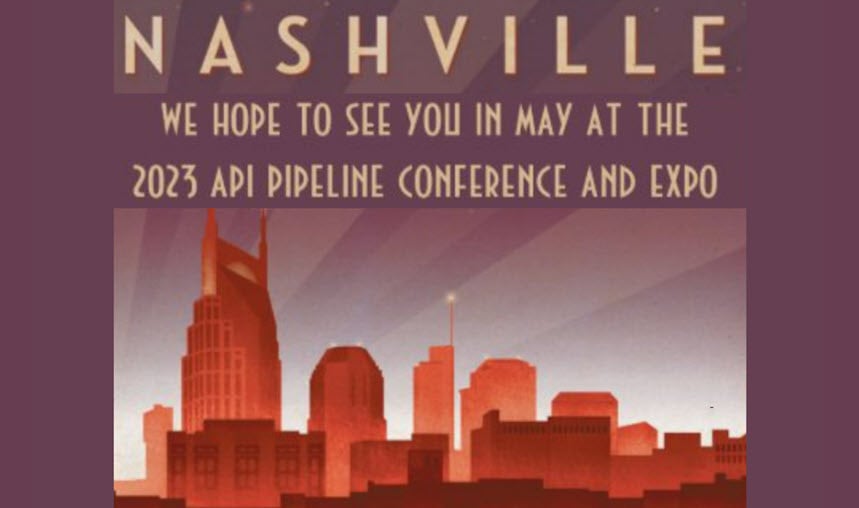
Last month, we joined developers from around the globe at the Seattle Convention Center—alongside hundreds of thousands tuning in online - at the 2025 Microsoft Build conference. This year’s gathering centered on what Microsoft terms the “agentic web,” where AI agents evolve from simple assistants into autonomous collaborators capable of carrying out complex tasks across services and platforms.
As a software engineer at Flowstate Technologies, I attended Build 2025 eager to explore how these advances in agentic AI could accelerate our own product roadmaps — particularly around multi-agent orchestration and embedded AI experiences. Here are some of my takeaways from the conference.
Key Announcements
- Copilot Studio Launch: We can now build custom AI agents using Copilot Studio’s Model Context Protocol (MCP). By defining domain-specific agent workflows, Flowstate can automate routine data integration tasks across our analytics pipeline.
- Azure AI Foundry Expansion: With access to over 1,900 models, we can experiment with specialized vision and NLP APIs for our computer vision modules — accelerating feature extraction without building models from scratch.
- Azure OpenAI Service Updates: We can integrate GPT-4o (“omni”) into our customer support workflow to generate real-time, context-aware troubleshooting suggestions and use vector indexing for faster retrieval of product documentation.
- MCP (Model Context Protocol): Leveraging Microsoft’s new agent-to-agent communication standard, we can orchestrate complex, multi-step workflows across Flowstate’s teams — automating everything from data ingestion and processing to report generation and stakeholder notifications.
MCP Deep Dive
The Model Context Protocol (MCP) sits at the heart of agentic orchestration, defining how individual AI agents exchange structured data, share state, and trigger downstream processes. By abstracting inter-agent communication into a standardized protocol, MCP enables:
- Composable Workflows: Agents become modular building blocks. A data ingestion agent can reliably pass parsed datasets to a transformation agent, which in turn invokes a visualization agent—each step decoupled but seamlessly connected.
- Context Preservation: MCP maintains a shared context object that carries metadata, user preferences, and intermediate results across agents, ensuring each agent operates with the full conversational and operational history intact.
- Error Handling & Recovery: Built-in handshake and acknowledgement messages allow supervising agents to detect failures and reroute or retry specific tasks without crashing the entire pipeline.
- Extensibility via Custom Schemas: Flowstate can define domain-specific schema extensions — such as sensor-calibration parameters or report-generation templates—enabling agents to validate and enrich payloads before passing them along.
Customer Support Journey:
- User Action: A customer clicks the “Support” button in our web portal, invoking the Frontline Agent with the user’s session context and recent activity logs.
- Triage Agent: The Frontline Agent routes the request to a Triage Agent, which categorizes the issue (e.g., login error, data sync failure) and enriches the context with relevant product documentation links.
- Resolution Agent: Based on the triage output, the Resolution Agent suggests troubleshooting steps or draft responses, using vector-indexed FAQs and previous ticket histories.
- Notification Agent: Once a solution is selected, the Notification Agent automatically posts a summary to the customer via email or chat and alerts the assigned support engineer in our collaboration tool.
This high-level workflow demonstrates how MCP’s standardized message schemas and context propagation streamline the end-to-end support experience, reducing manual handoffs and accelerating resolution times.
Complex Bug Fix Workflow
When a more intricate issue arises—such as a production defect requiring a code change—MCP orchestrates a seamless pipeline of specialized agents:
- Monitoring Agent: Detects anomaly in live telemetry (error spikes, performance degradation) and flags a new incident.
- Reproduction Agent: Retrieves logs and environment details, then spins up an isolated test environment to reproduce the issue and captures the failing test case.
- Code Drafting Agent: Analyzes the test failure, consults codebase patterns, and generates a draft patch or PR, annotated with comments for reviewer context.
- Review Agent: Automatically assigns appropriate team members, summarizes code diffs, and highlights areas needing manual inspection (security checks, edge cases).
- CI/CD Agent: After approval, triggers automated builds, runs unit/integration tests, and, upon success, initiates canary deployment to a subset of production instances.
- Rollback & Notification Agent: Monitors post-deployment metrics; if anomalies reappear, rolls back the change and notifies the engineering lead along with a detailed incident report.
Critically, before merging or deploying any code changes, our engineering team conducts a manual review of the generated patch and test outcomes—verifying logic, security compliance, and performance metrics—to maintain code integrity across releases.
By encapsulating each stage in a dedicated agent and coordinating via MCP, Flowstate can resolve complex bugs faster, maintain high code quality, and ensure robust rollback safety nets.
Lessons Learned
- Cross-Team Coordination is Crucial: Early alignment between analytics, engineering, and product teams ensures smoother agent handoffs and reduces integration bottlenecks.
- Start Small, Scale Fast: Piloting individual agents on well-defined tasks highlighted the importance of incremental rollout before orchestrating full multi-agent pipelines.
- Monitor and Iterate: Continuous logging of agent interactions uncovered edge cases that required refining prompts and context windows.
- Documentation and Training: Investing in clear documentation and team workshops accelerated adoption and surfaced creative use cases beyond initial forecasts.
Conclusion
Microsoft Build 2025 reinforced that the future of development lies in orchestrated AI agents, with MCP at its core enabling modular, scalable workflows. For Flowstate, the conference’s announcements aren’t just theoretical — they’re actionable tools to enhance productivity, bolster our support capabilities, and accelerate every stage of our software lifecycle. By embracing Copilot Studio, Azure AI Foundry, and the Model Context Protocol, we can automate repetitive tasks, respond faster to customer needs, and maintain the highest standards of code quality. As we move forward, our pilot initiatives and integrated agent workflows will serve as a blueprint for broader adoption across the company—ushering in a new era where AI agents don’t replace human ingenuity but amplify it.




Comments
Add Comment